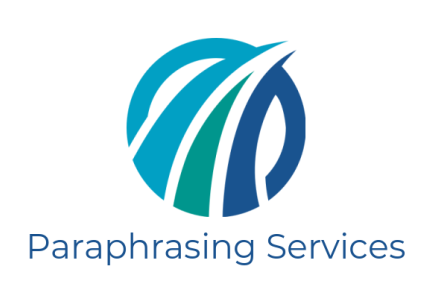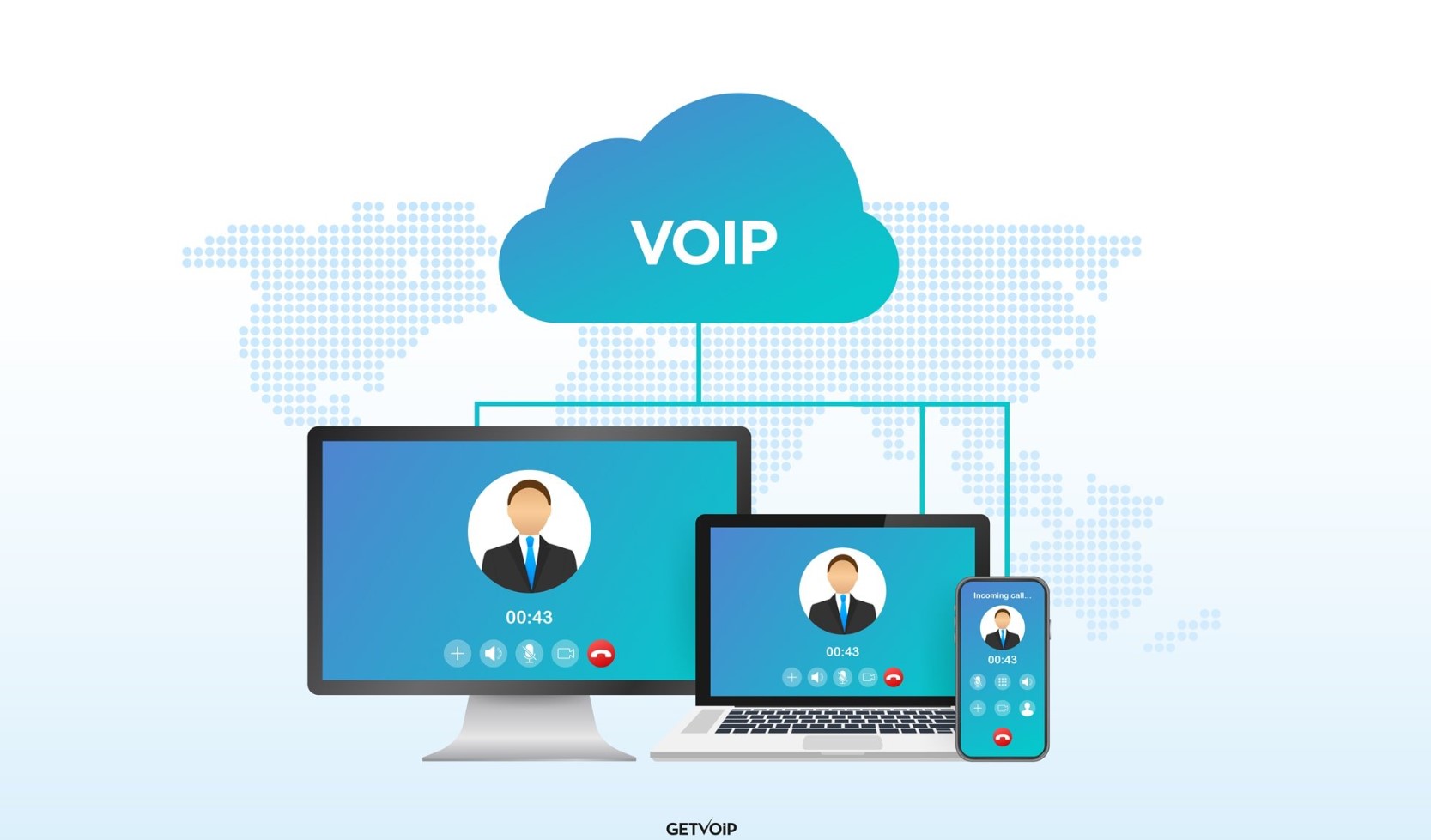In today’s fast-paced and interconnected world, effective communication is crucial for the success of any organization. It plays a pivotal role in establishing relationships, sharing information, and facilitating the achievement of common goals. This article aims to explore the various forms of organizational communication, highlighting their significance and benefits.
Definition of Organizational Communication
Organizational communication can be defined as the process of exchanging information, ideas, and messages within a structured framework. It encompasses both formal and informal channels of communication that exist within an organization, including verbal, written, and nonverbal methods.
Importance of Organizational Communication
Organizational communication is vital for the smooth functioning of an organization. It fosters a positive work environment, strengthens relationships between employees and stakeholders, and ensures the efficient flow of information. Effective communication within an organization leads to improved decision-making, increased productivity, enhanced employee engagement, and a stronger sense of cohesion among team members.
Types of Organizational Communication
- Formal Communication
Formal communication refers to the structured and official channels through which information flows within an organization. It typically follows a predefined hierarchy and adheres to specific rules and procedures. Examples of formal communication include official meetings, memos, reports, company newsletters, and emails.
- Informal Communication
Informal communication, also known as grapevine communication, occurs through unofficial and spontaneous channels. It is characterized by social interactions, casual conversations, and unofficial gatherings among employees. Informal communication helps build relationships, facilitates teamwork, and disseminates information quickly.
- Upward Communication
Upward communication refers to the flow of information from subordinates to superiors or higher levels of management. It allows employees to share their ideas, concerns, and feedback with their supervisors or managers. Upward communication encourages employee participation, boosts morale, and provides valuable insights from the frontlines.
- Downward Communication
Downward communication involves the transmission of information from higher levels of management to subordinates. It includes instructions, feedback, goal-setting, and performance evaluations. Downward communication ensures that employees understand organizational objectives, expectations, and directives.
- Lateral/Horizontal Communication
Lateral or horizontal communication occurs between individuals or departments at the same hierarchical level within an organization. It promotes collaboration, coordination, and knowledge-sharing among peers. Lateral communication is essential for effective teamwork, problem-solving, and innovation.
- Diagonal Communication
Diagonal communication refers to the exchange of information between individuals or departments across different hierarchical levels and functional areas. It breaks down silos and facilitates cross-functional collaboration. Diagonal communication is particularly useful for implementing organizational changes, resolving conflicts, and ensuring effective decision-making.
Advantages of Effective Organizational Communication
| Improved Collaboration and Teamwork | When communication flows seamlessly within an organization, it enhances collaboration and teamwork. Effective communication allows employees to share ideas, work together on projects, and align their efforts towards common goals. It fosters a sense of camaraderie and encourages synergy among team members. |
| Increased Employee Engagement | Organizational communication plays a crucial role in engaging employees and making them feel valued. When employees receive clear and timely communication from their superiors, they are more likely to feel involved, motivated, and committed to their work. Engaged employees contribute their best efforts, leading to higher productivity and job satisfaction. |
| Enhanced Decision-Making | Good communication ensures that decision-making processes are informed, inclusive, and effective. When information flows freely, managers have access to different perspectives and insights from various levels of the organization. This enables them to make well-informed decisions that consider a wider range of factors and potential outcomes. |
| Boosted Productivity | Efficient communication channels and practices lead to increased productivity. When employees have a clear understanding of their roles, responsibilities, and objectives, they can focus on their tasks without confusion or misunderstandings. Timely communication also minimizes delays, rework, and errors, optimizing overall efficiency. |
Common Challenges in Organizational Communication
- Language and Cultural Barriers – In global organizations or those with diverse workforces, language and cultural barriers can hinder effective communication. Different languages, idioms, and cultural norms may lead to misunderstandings or misinterpretations. Organizations can overcome these challenges by providing language training, cultural sensitivity programs, and translation services when necessary.
- Information Overload – In today’s digital age, information overload is a common challenge in organizational communication. Employees receive vast amounts of information through multiple channels, making it difficult to filter, process, and prioritize. Organizations should streamline communication channels, use concise and relevant messaging, and provide tools or platforms that enable efficient information management.
- Lack of Feedback and Clarity – One of the significant barriers to effective communication is the lack of feedback and clarity. When messages are not understood or are ambiguous, it can lead to confusion and errors. Encouraging open dialogue, active listening, and providing opportunities for feedback can help address these challenges.
Strategies for Effective Organizational Communication
- Establish Clear Communication Channels – Organizations should establish clear and accessible communication channels to ensure the smooth flow of information. This includes using appropriate technologies, such as email, instant messaging, project management tools, and intranet portals. Clear communication channels minimize confusion and enable timely dissemination of information.
- Foster a Culture of Open Communication – Creating a culture of open communication encourages employees to express their thoughts, ideas, and concerns freely. Organizations should promote transparent communication practices, where employees feel comfortable sharing feedback, suggestions, and opinions without fear of retribution. Open communication fosters trust, engagement, and a sense of ownership among employees.
- Encourage Active Listening – Active listening is a fundamental aspect of effective communication. Encouraging employees to actively listen to their colleagues, superiors, and subordinates fosters mutual understanding and respect. Active listening involves paying attention, asking clarifying questions, and providing thoughtful responses, creating an environment where ideas are heard and valued.
- Provide Training and Development Opportunities – Organizations should invest in training and development programs to enhance employees’ communication skills. These programs can focus on written and verbal communication, presentation skills, cross-cultural communication, and conflict resolution. By providing employees with the necessary tools and knowledge, organizations can strengthen overall communication effectiveness.




